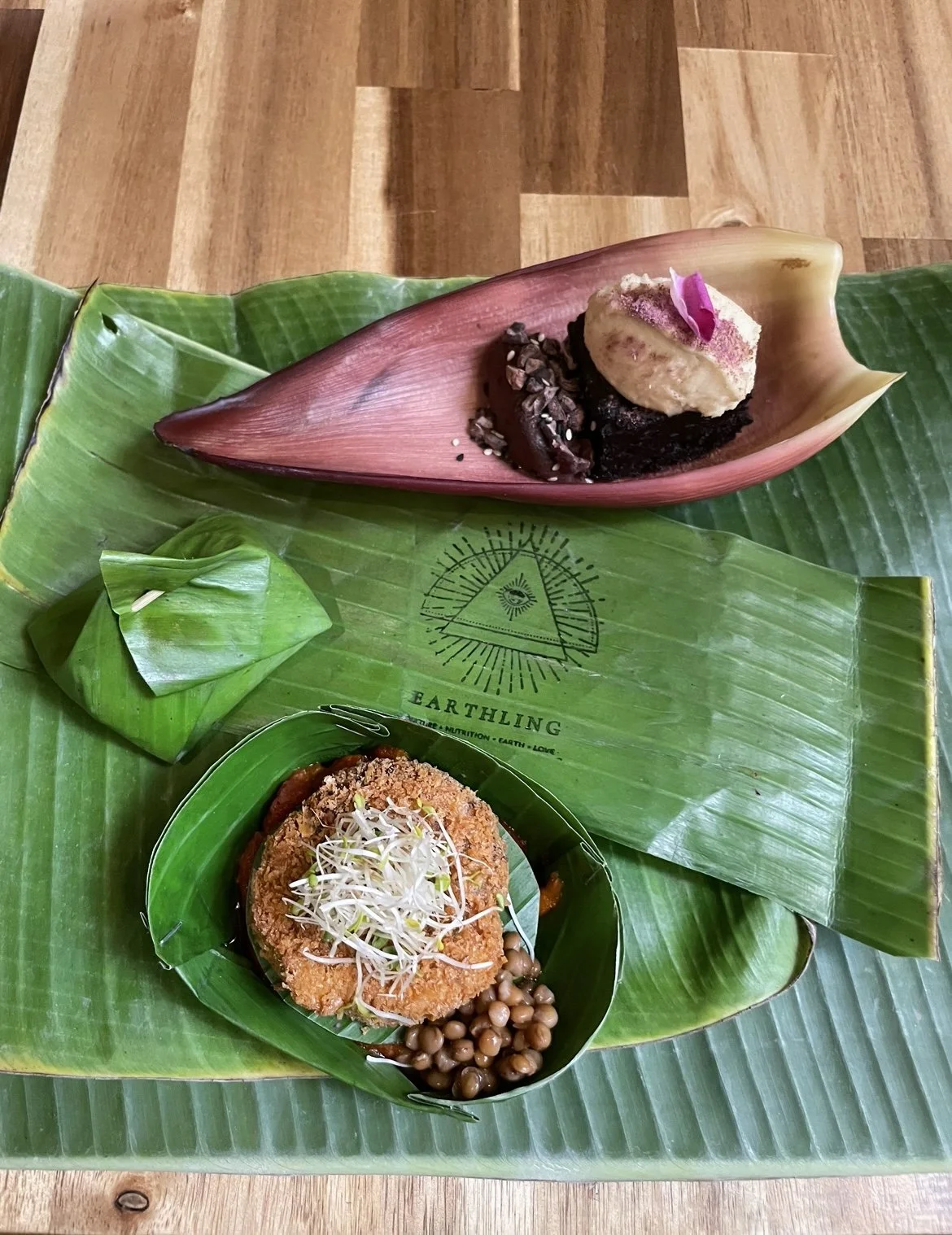About Sustainability.
What is sustainability?
The Oxford dictionary defines sustainability as “The property of being environmentally sustainable; the degree to which a process or enterprise is able to be maintained or continued while avoiding the long-term depletion of natural resources“.
So then what is sustainability when it comes to restaurants? Sure, we all talk a lot about the actual food side of things - but what about everything else?
What about the detergents we use? The amount of electricity? The amount of water? Is that really sustainable?
What about the tableware?
When we were challenged by Root The Future to create two “sustainable and innovative” dishes, the first thing that came to mind was the ingredients - beans and sprouts and herbs - those are all very sustainable. But then we started thinking about the plating of the dishes as well.
We thought about how often we have chipped or broken table ware, how often we have to replace our dishes. We thought about how many plates and bowls and cups and glasses we have chipped over the last year. We thought about how many plates and bowls and cups and glasses must be chipped in restaurants around the world every single day. And of course we can’t use chipped plates or bowls or cups or glasses - we either have to fix them or throw them out. How many restaurants take the time, the patience, and the money, to fix them?
Unfortunately the answer is not very many. And we have been guilty of that too.
So we decided to remove the plates from the equation altogether, we do live in Thailand after all. A country with a history of sustainable plating just as rich as its history of delicious food. Banana leaves, pandan leaves, betel leaves, and countless others have been folded, moulded and shaped into plates, bowls and baskets for centuries - sometimes as simple as a flat banana leaf on a table, and sometimes as intricate as a little leaf box with a base and a lid that fits together ever so perfectly.
We decided to go with four types of banana leaf plates. We used the first leaf as a placement, to protect the table. The second leaf was folded into a little pyramid, reminiscent of our logo, this leaf was steamed and held the rice. The third leaf was folded into a little boat shaped bowl, it contained our lentil katsu, our smoked eggplant, our bell pepper sauce, and our pickled lentils. The fourth leaf wasn’t really a leaf at all, but a petal from a banana blossom, and we used it to carry our cacao, black bean, chickpea, and butter bean dessert. This plating also encouraged all of our guests to use their hands and really connect with the food. Something we feel is missing with our modern day eating habits.
Once the meal was complete, the leaves were discarded - if we had been at our new location we would have thrown them straight into the compost - but since we weren’t, they went into to the trash - but at least they are 100% biodegradable and won’t leave any mark on earth. By having no plates to wash we also saved water, detergent, time, and we mitigated the chance of chipping or breaking any plates.
And that’s our take on sustainability.
To stay up to date on our latest blog posts, be sure to sign up for our monthly newsletter!
